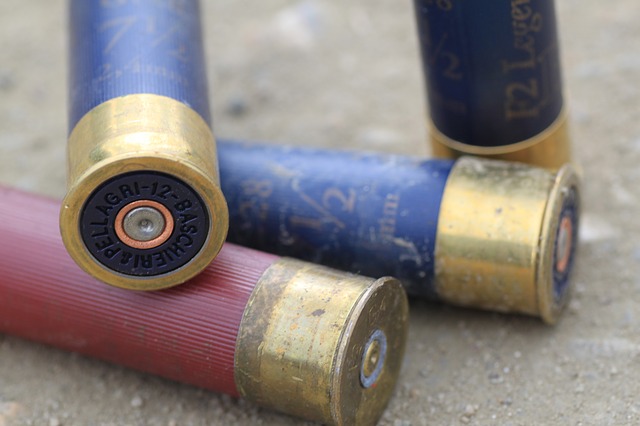

For testing, I used a Glock 19 9mm handgun. I tested many loads, but ended up with five that I feel fill the most important niche roles of the 9mm Luger. On the other hand, my work is easily double-checked. The primary advantage of gelatin is that the wound channel may be observed and even preserved. Neither bears a close correlation to flesh and bone. As I stated, water and gelatin testing are very close to one another, usually within 10 percent in penetration and expansion results. While some will say this isn’t valid compared to gelatin testing, the answer is of course it is. I use water for testing penetration and expansion because it is within 10 percent of gelatin results and much, much easier to work with. The search was on for five good 9mm defensive loads. Non-expanding FMJ loads have proven ineffective. The 9mm needs good expansion to be effective, and all calibers must exhibit adequate penetration for good effect. It is important to choose a loading with a good balance of expansion and penetration. Many affordable handguns are chambered in 9mm as well. Some of the finest handguns in the world are chambered for the 9mm Luger cartridge.

38 Special small-frame revolver may be a bear to handle. A compact 9mm Luger handgun is easily controlled with practice. A number of very experienced shooters choose the 9mm based on excellent control, good practical accuracy, and a good reserve of ammunition. The 9mm offers all of the recoil most shooters are willing to master. It cannot do the work of larger calibers, but it certainly outclasses smaller calibers. It has evolved into perhaps the ideal personal-defense caliber for most users. The 9mm is not quite as good as some of its fans think, but it is a better cartridge than most of its detractors would have you believe. +P or higher-pressure loadings may reach 1,300 fps. The 9mm easily jolts 115 to 124-grain bullets to well over 1,100 fps. The 9mm is a powerful number well-suited to personal defense.


 0 kommentar(er)
0 kommentar(er)
